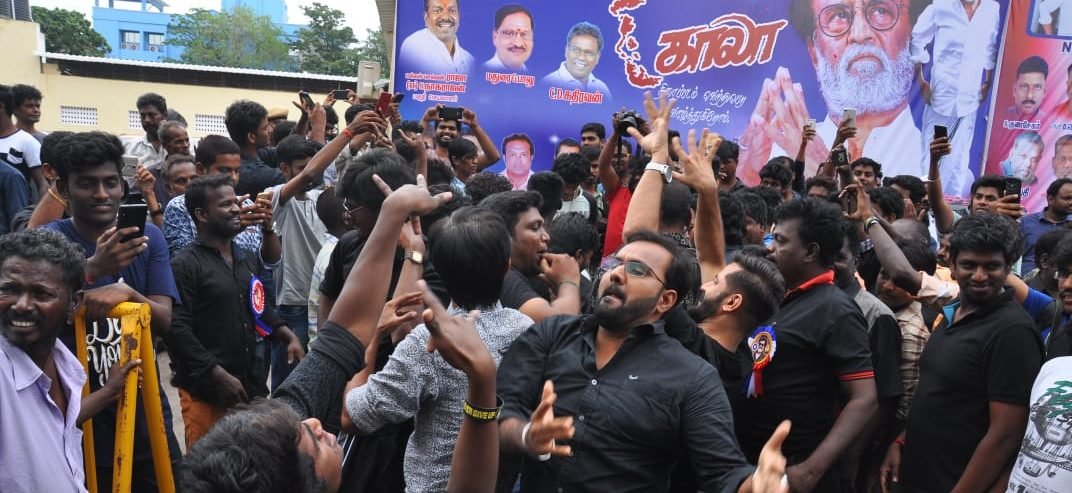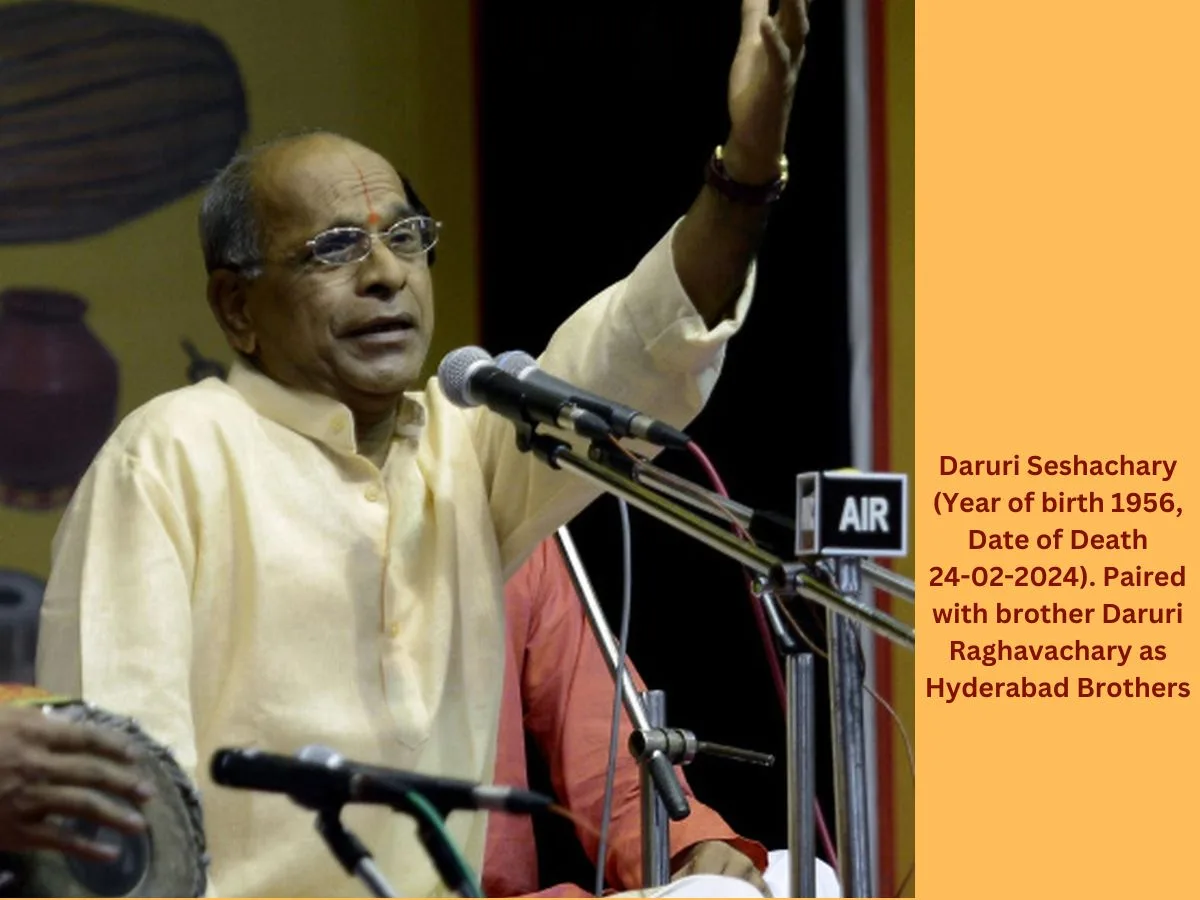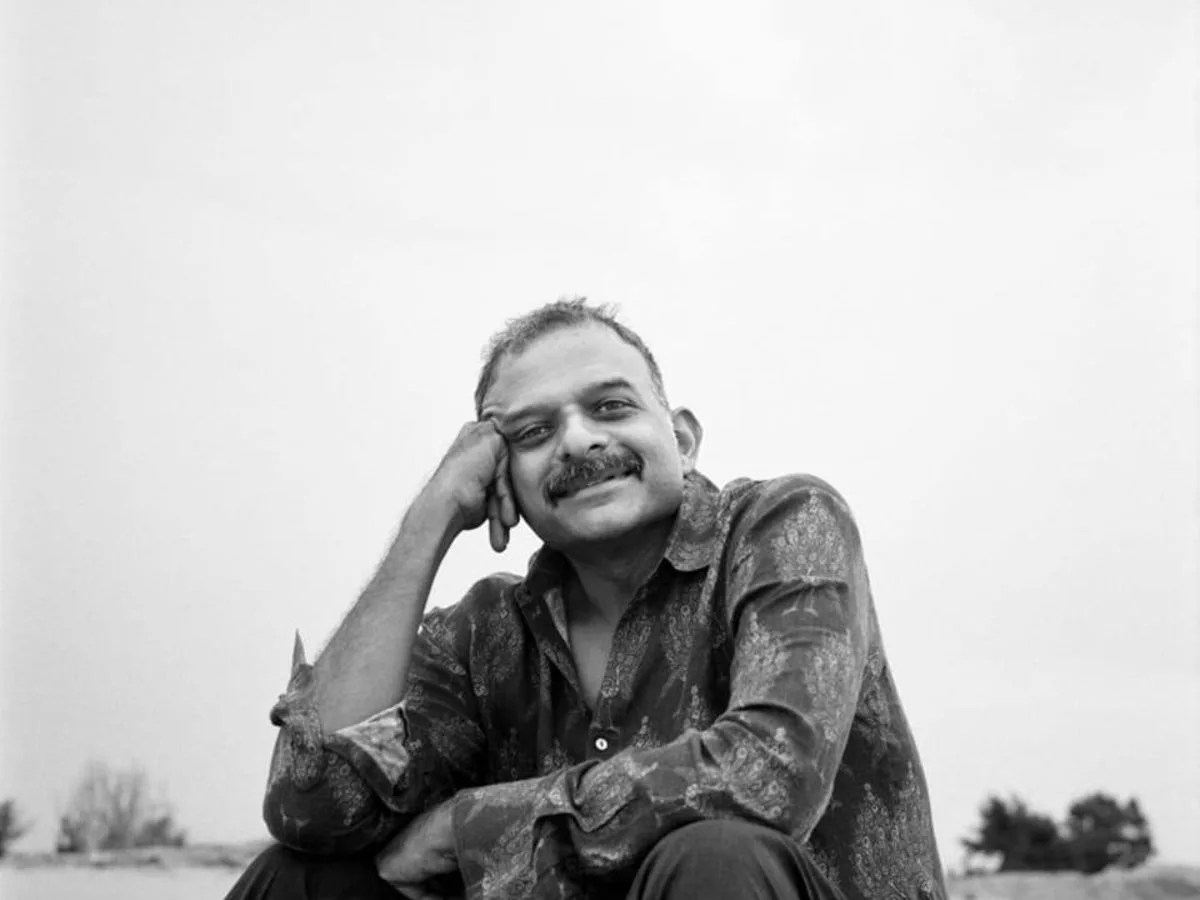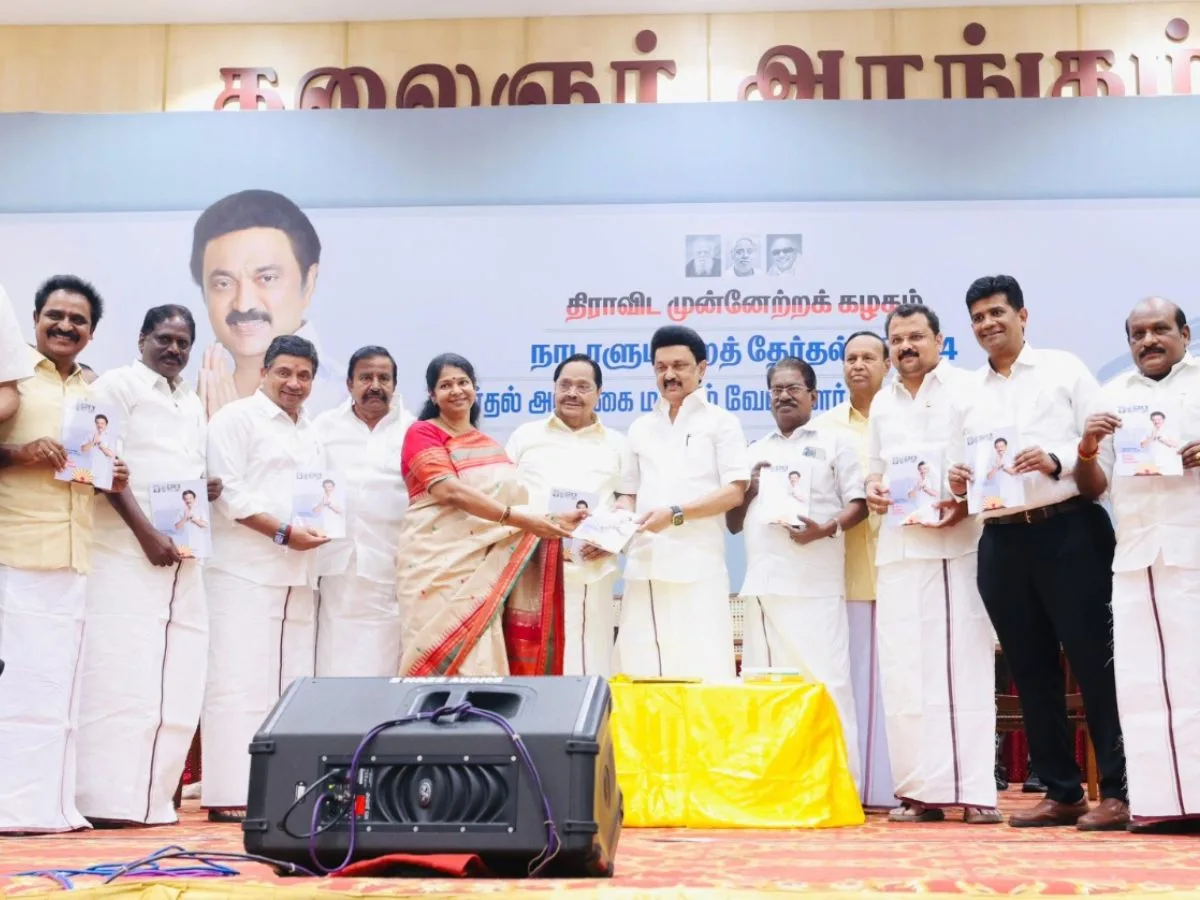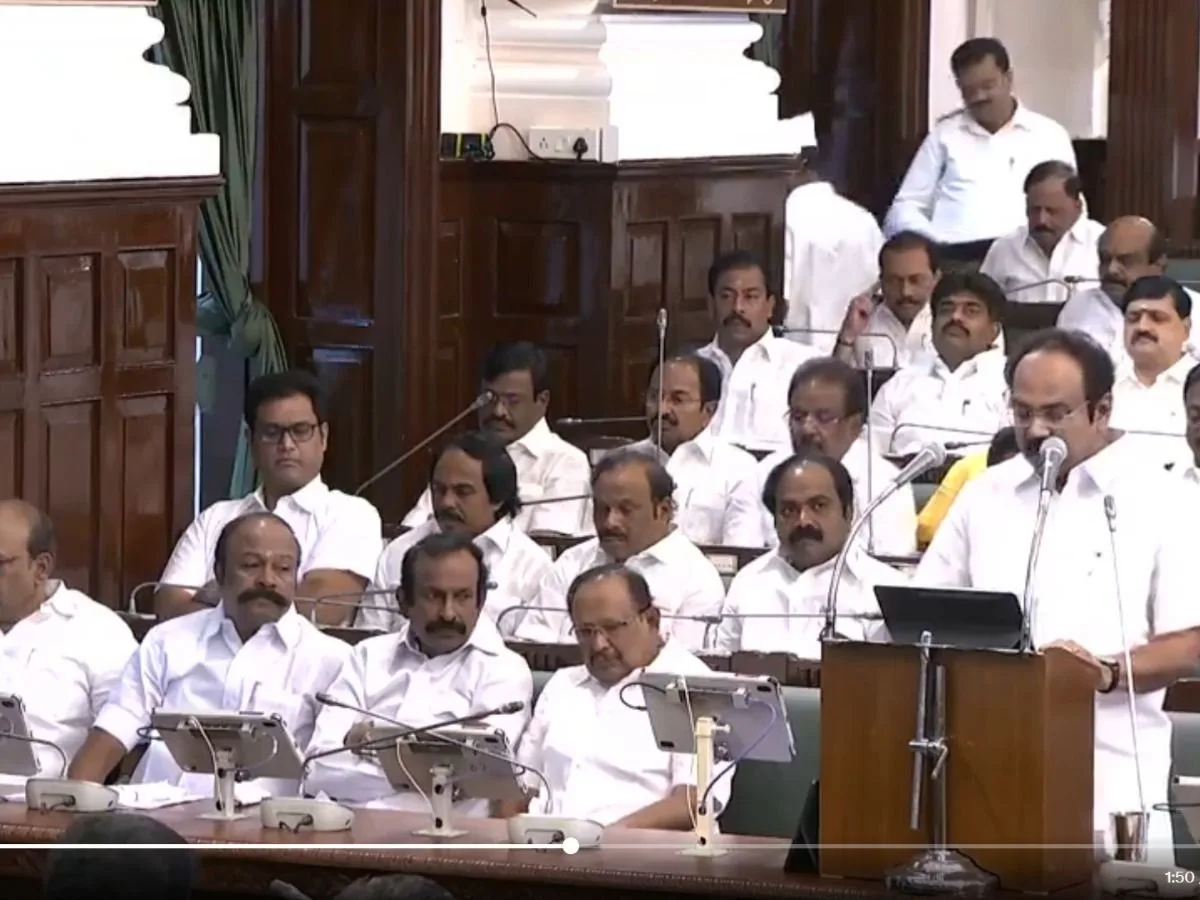Read in : தமிழ்
There were only ten people watching Kaala at Carnival Cinemas. It was an 11:30 pm show on a Saturday, and, there were perhaps not too many Tamils in Salt Lake City, Kolkata, who would venture out late night for a movie.
A family of five had come to watch the film. They later explained they were non-Tamils but long settled in Chennai, and were in Kolkata on a vacation. They said they couldn’t miss a Rajni movie release and had trooped out to the theatre. They were clearly missing the atmospherics of Chennai. Trying to make up for it, the young son let out a muffled whistle when the letters Superstar Rajni were inscribed on the screen with what looked like LED lights from the 1990s.
Kaala had an overdose of the Rajni-style, perhaps to make up for the muted Kabali. The fantasy stuff was all there. The larger-than-life hero dominated all the scenes. Swords were defying gravity and plunging into bodies. An old Rajni was making mince meat of all his attackers.
Kaala had an overdose of the Rajni-style, perhaps to make up for the muted Kabali.
Kaala also made up for the rather tentative politics of Kabali. Kabali’s dress was symbolic and the occasional references to Ambedkar and Dalit identity were made in passing although they were enough to mark out Kabali as a Dalit movie for many inside Tamil Nadu and outside the State. For instance, despite the references being only symbolic and metaphoric, in JNU, the Ambedkarite students organization that contested union elections against the Leftist SFI-AISA as well as the ABVP called itself Kabali.
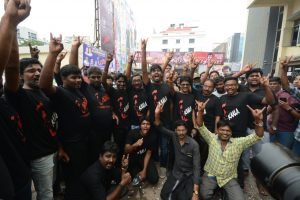
The movie deals with Dalit empowerment and land rights
In Kaala, the politics is explicit and is the main show, unlike in Kabali. The themes are larger and ideological.
The central conflict in Kaala is what Ambedkarites and Left-liberals say is playing out in India now – Narendra Modi and his vision, personality, practices and politics vs. the underprivileged masses. Dalit restiveness has mounted a challenge to the Modi regime and Kaala features it.
In Kaala, Dharavi is a political, cultural and sociological holdout against the Modi-esque Hari Abhayankar. It’s an island that refuses to buy into his concept of Pure Mumbai – clean, efficient, developed and Hindu. In Dharavi, Muslims live in harmony with others.
Dharavi is not any slum. It is a cheri – a Pariar settlement that is Dalit and Tamil.
Across India, Tamil Nadu has made a name for itself as a state that is resisting Modi. No element of the Sangh narrative resonates with the people of Tamil Nadu. At the peak of the Modi wave, its voters chose a lady over Modi. Four years later, there is palpable hostility to Modi in the State.
In Kaala, a raucous, grimy Tamil cheri revolts against and vanquishes Hari Abhayankar, realising the dream of today’s Left-liberals. But Rajnikanth, in reality, seems ill-suited for the mantle of Kaala. He is on Modi’s side, ideologically and temperamentally. None of the themes of Kaala have so far found any utterance in Rajnikanth. It would require quite a political somersault for Rajni to become Kaala, and Rajni doesn’t seem inclined to make that leap.
They may endorse his politics even while sympathising with Kaala’s themes. But they may not see Rajni as Kaala
It is perhaps this disconnect that has led to the rather tepid response to the movie in Tamil Nadu. Tamils may love Rajni. They may endorse his politics even while sympathising with Kaala’s themes. But, for the film Kaala to be Rajni’s launchpad into politics, Rajni has to become Kaala. And that will likely not happen.
Read in : தமிழ்
